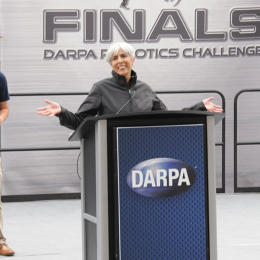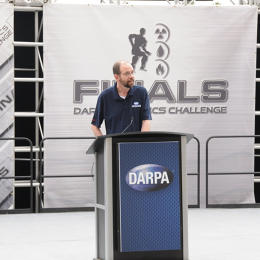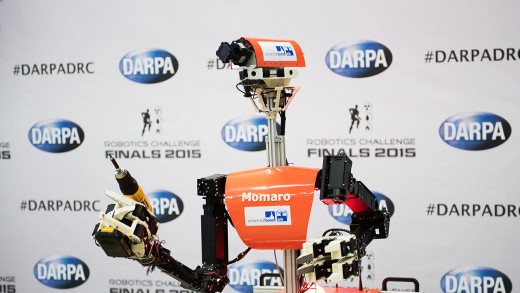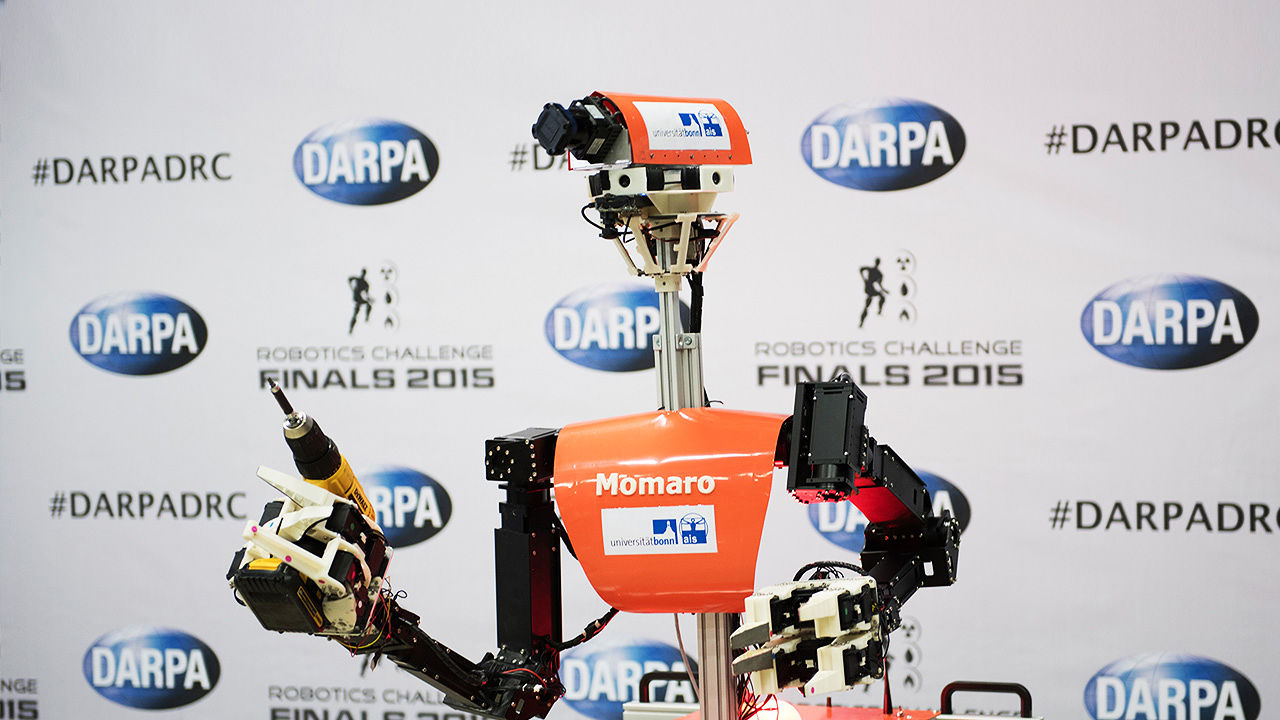on the DARPA problem, may the very best robotic Win
The finals of the DARPA Robotics problem acquired beneath way this morning, with 24 groups competing for the $2 million top prize.
June 5, 2015
“ladies and gents, start your robots!”
With those phrases from Gill Pratt, the program manager of the DARPA Robotics challenge, the ultimate spherical of the three-year competition to crown the human/robotic workforce perfect able to answer a synthetic or natural disaster had been underneath manner.
as of late and the next day, 24 groups from six nations will be competing for a $2 million high prize and, more importantly of course, the opportunity to revolutionize how the sector responds to failures.
beginning with the challenge’s kickoff in October of 2012, dozens of groups from industry and academia set out on the long route to this week’s finals. in the end, simply 24 groups made the grade, and over the direction of the next two days, one will emerge because the champion.
over the years, DARPA—the protection developed analysis tasks company—has pioneered navigation know-how like GPS, stealth know-how, and even the web. Now, said the agency’s director, Arati Prabhakar, “it’s our turn to step up to the plate.”

brought Prabhakar, “(June 06, 2015), we lived in an international the place robots lived in a confined atmosphere….day after today, robots will work with us to do the exhausting work in disaster relief [and] open this course into a future the place humans may also be a part of a team we form to deal with dynamic, moving environments we take care of every day.”
Pratt, who conceived of the challenge, stated he used to be impressed by using the shortcoming of robots to successfully release power valves in the Fukushima nuclear plant following the earthquake and tsunami that struck Japan in 2011. The drive that built up within the facility ended in explosions, “and that space continues to be a no-man’s land today, [which] had a profound effect on many people at DARPA, together with me.”
The intention now? To enable a brand new generation of robot and human teams to mitigate mess ups “all over those golden days and hours when it’s still that you can imagine to make a difference,” Pratt stated.

in step with an legitimate handout, “The intention of the DARPA Robotics problem is to boost robots that can operate in spaces which might be designed for humans, use instruments that are built for people, and will also be controlled with most effective minimal coaching via people who are no longer robotics experts. attaining these targets would mean that robots may be unexpectedly put to make use of helping in human-led response to future emergencies.”
throughout the competition, the groups—from the U.S., Germany, Italy, South Korea, Japan, and Hong Kong—will work to send their robots into an surroundings that mimics what might be present in an actual-life disaster space. This contains terrain full of rubble, broken metal and timber, and a lack of clear paths to move. The people and their robots work collectively as companions, “each doing what they’re best at, regardless of terribly degraded communications,” in keeping with Pratt.
The teams will send their robots down certainly one of 4 classes on the Fairplex in Pomona, California, encountering physical and communications challenges they’ve ready for in addition to many in an effort to come as a shock.

one of the most features of the robots within the competitors embody protecting cages that defend fragile sensors from damage, a “wireless e-cease,” that lets people shut the robots down with the click of a button, hydraulic actuators, hands for choosing up and manipulating a number of gadgets, LIDAR sensing technology (which stands for “mild Detection and Ranging”), wireless antennas, stereo cameras, batteries, and more.
The teams will rely—partly—on wireless communications to ship and obtain data and instructions from and to their robots, but they have to also be prepared for the robotic to function autonomously when the communications disappear. that suggests there will probably be occasions when the human groups will don’t have any enter from the robots, and the machines must have the ability to proceed their tasks with out human help.
The robots’ batteries must be capable of remaining an hour, and it should have the ability to get better by itself if it falls—or teams can take some degree penalty in the event that they intervene manually. The team with the most factors on the end of the problem takes the highest prize. And earns enormously first rate bragging rights.
As Prabhakar put it, in her perfect sports activities announcer voice: “just right success to all of you, and may the very best robotic win.”
[Nimbro Rescue robot: courtesy of DARPA Robotics challenge]
quick company , learn Full Story
(117)














